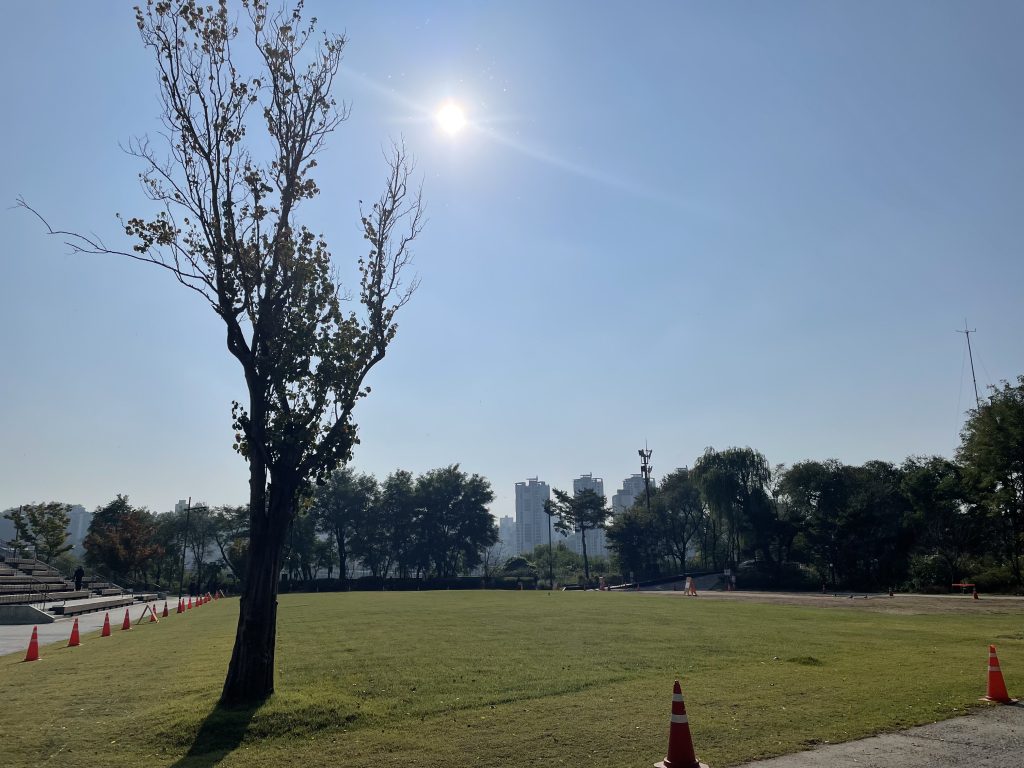마음을 갉아먹는 안개.
그 그림자가 드리울 때, 기억은 속절없이 스러져 갑니다.
미세먼지와 산성비에 흙이 병들듯, 탁해진 혈액 속 독소는 뇌의 섬세한 연결망을 조금씩 녹슬게 합니다.
하지만, 새벽을 깨우는 콩나물. 그 작고 여린 순에는 놀라운 힘이 숨겨져 있습니다. 대지의 기운을 품고 자라난 콩나물은, 해독수가 탁한 물을 맑게 정화하듯, 콩나물은 몸속의 불필요한 독소를 어루만져, 뇌의 맑고 푸른 하늘을 되찾아 줄지도 모릅니다.
안개처럼 찾아온 순간들. 어머니의 따뜻한 콩나물국 한 그릇이, 잊혀가는 기억의 조각들을 다시금 촉촉하게 이어주는 마법이 될 수도 있지 않을까요?
콩나물과 치매 예방에 관련된 과학적 근거는 주로 다음과 같은 요소들과 관련이 있습니다:
- 이소플라본(Isoflavones): 콩나물을 포함한 콩류 식품에 함유된 이소플라본은 에스트로겐과 유사한 구조를 가지고 있어 신경 보호 효과가 있을 수 있습니다. 일부 연구에서는 이소플라본이 동물의 알츠하이머병 모델에서 베타 아밀로이드 축적을 감소시키는 효과를 보였습니다.
- 항산화 물질: 콩나물에 포함된 비타민 C, E 및 다양한 파이토케미컬은 산화 스트레스로부터 뇌 세포를 보호할 수 있습니다. 산화 스트레스는 알츠하이머병을 포함한 신경퇴행성 질환의 주요 요인 중 하나입니다.
- 엽산과 비타민 B 복합체: 콩나물에 함유된 엽산(비타민 B9)은 호모시스테인 수치를 낮추는 데 도움이 되며, 높은 호모시스테인 수치는 치매 위험 증가와 관련이 있습니다.
- 저지방 단백질 공급원: 콩나물은 양질의 식물성 단백질을 제공하면서도 포화지방이 낮아 심혈관 건강에 좋으며, 이는 혈관성 치매 위험을 줄이는 데 도움이 될 수 있습니다.
하지만, 콩나물만을 특정하여 치매 예방 효과를 직접적으로 연구한 논문은 상대적으로 적습니다. 대부분의 연구는 콩류 식품 전반이나 이소플라본 같은 특정 성분에 초점을 맞추고 있습니다. 영양학적 관점에서는 단일 식품보다는 전반적인 식이 패턴(예: 지중해식 식단, MIND 식단)이 인지 건강에 더 큰 영향을 미친다는 것이 과학적 합의입니다. 콩나물을 포함한 다양한 채소와 콩류 식품을 균형 있게 섭취하는 것이 치매 예방에 더 효과적일 수 있습니다.
참고문헌 (References)
Essawy AE, Abdou HM, Ibrahim HM, Bouthahab NM. (2019). Soybean isoflavone ameliorates cognitive impairment, neuroinflammation, and amyloid β accumulation in a rat model of Alzheimer’s disease. Environmental Science and Pollution Research, 26(S35), 26672-26688.
Kim IS. (2021). Current perspectives on the beneficial effects of soybean isoflavones and their metabolites for humans. Antioxidants, 10(7), 1064.
Tanaka H, Matsushita H, Tokuhiro K, Fukunari A. (2023). Ingestion of soybean sprouts containing a HASPIN inhibitor improves condition in a mouse model of Alzheimer’s disease. Biology, 12(2), 320.
Lu C, Wang Y, Wang D, Zhang L, Lv J, Jiang N, Fan B. (2018). Neuroprotective effects of soy isoflavones on scopolamine-induced amnesia in mice. Nutrients, 10(7), 853.
R, Pimentel LD, Freitas RD. (2020). Phytochemical composition, antioxidant and antimicrobial activities of mung bean (Vigna radiata L.). Food Science and Technology, 40(2), 378-383.
Shabbir U, Tyagi A, Ham HJ, Oh DH. (2022). Comprehensive profiling of bioactive compounds in germinated black soybeans via UHPLC-ESI-QTOF-MS/MS and their anti-Alzheimer’s activity. PLoS One, 17(1), e0263274.
Kaura S, Parle M. (2015). Anti-Alzheimer potential of green moong bean. International Journal of Pharmaceutical Sciences Review and Research, 37(2), 178-186.
Ekundayo BE, Adewale OB, Obafemi TO. (2025). Neuroprotective Effects of Folic Acid: A Review. Journal of Dietary Supplements.
Sandhya G, Monisha S, Singh S, Albert S, Diwakar L, Issac TG. (2024). Hyperhomocysteinemia and its effect on ageing and language functions – HEAL study. Scientific Reports, 14(1), 16566.
Smith AD, Refsum H. (2016). Homocysteine, B vitamins, and cognitive impairment. Annual Review of Nutrition, 36, 211-239.
Kim H, Caulfield LE, Garcia-Larsen V, Steffen LM, Coresh J, Rebholz CM. (2019). Plant-based diets are associated with a lower risk of incident cardiovascular disease, cardiovascular disease mortality, and all-cause mortality in a general population of middle-aged adults. Journal of the American Heart Association, 8(16), e012865.
Sievenpiper JL, Chiavaroli L. (2025). Extending the prevention paradigm for cardiometabolic diseases to target dementia through multiple low-risk lifestyle behaviors: a story of adherence. The American Journal of Clinical Nutrition.
Ibrahim RM, Abdel-Baki PM, Mohamed OG. (2024). Metabolites profiling, in-vitro and molecular docking studies of five legume seeds for Alzheimer’s disease. Scientific Reports, 14(1), 14889.
Kheirouri S, Alizadeh M. (2022). MIND diet and cognitive performance in older adults: a systematic review. Critical Reviews in Food Science and Nutrition, 62(21), 5834-5845.
McEvoy CT, Jennings A, Steves CJ, Macgregor A, Spector T, Cassidy A. (2024). Diet patterns and cognitive performance in a UK Female Twin Registry (TwinsUK). Alzheimer’s Research & Therapy, 16(1), 14.
Nishi SK, Babio N, Gómez-Martínez C, et al. (2021). Mediterranean, DASH, and MIND Dietary Patterns and Cognitive Function: The 2-Year Longitudinal Changes in an Older Spanish Cohort. Frontiers in Aging Neuroscience, 13, 782067.


